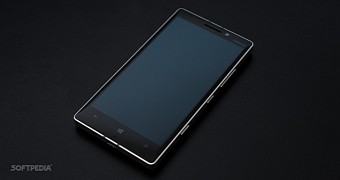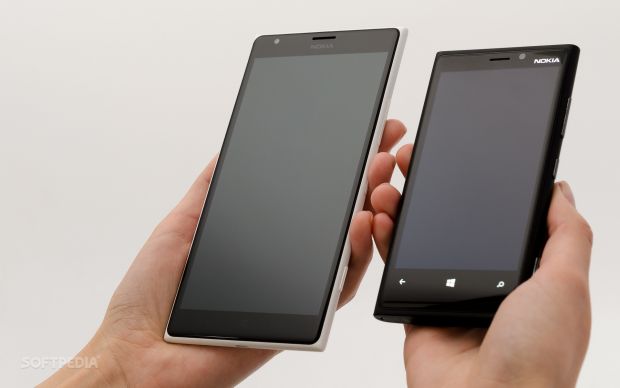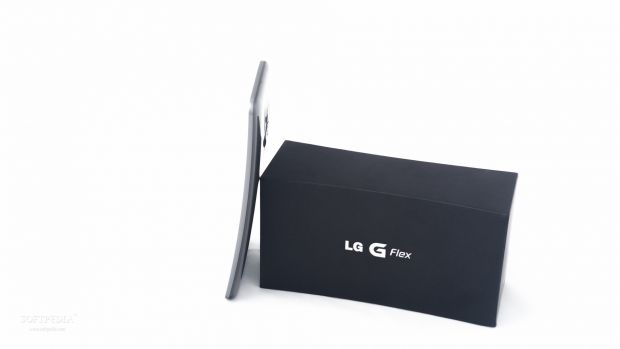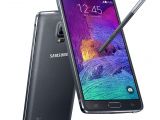Microsoft is in the middle of rebranding its smartphones and everything related to the software that gets inside these devices, from Nokia to Lumia. At the same time, the company plans to launch a few more devices in the next couple of months, but judging from the latest rumors, most of these devices are aimed at the low- and mid-tier segment of the market.
I think everyone agrees that Windows Phone handsets are not about hardware, as Microsoft did a great job on optimizing the operating system to work smoothly even on its low-tier smartphones.
This means that customers who can’t afford high-end Windows Phones will still be offered the same experience when it comes to software.
Obviously, there will be some missing features that Microsoft is saving for its flagship smartphones, such as PureView cameras or high-res displays, but this is the difference between an entry-level and a high-end device after all.
Nevertheless, even Microsoft’s flagship smartphones aren’t packed with the latest technology, and by the time they get on the market they are already obsolete when put against the best Android phones available on the market.
I’m comparing Windows Phone with Android because the latter has the largest pool of users by far, so Microsoft has better chances to win fans from Google’s mobile platform rather than from Apple’s iOS or BlackBerry’s OS.
Microsoft would gain lots of Android customers in the long run
There’s a certain category of customers who are looking at specs first and then price and design. People expect top notch features from a flagship smartphone, and if we’re looking back at everything Microsoft launched in the high-end tier, most smartphones are packed with at least one-generation-old chipset.
The only thing that sets Microsoft’s Windows Phone handsets apart from Android phones is the PureView imaging technology, which doesn’t have alternatives on the market yet.
Nokia Lumia smartphones have the best cameras available on the market, there’s no doubt about it, but most tech-savvy people also take into consideration other aspects that Microsoft doesn’t seem concerned about for the moment.
I can agree that a Lumia smartphone with Snapdragon 800 CPU will have almost the same level of hardware performance as one that’s packed with the latest Qualcomm Snapdragon 805 chipset.On top of that, users will barely feel the difference in day-to-day use. In fact, aside from benchmarking these smartphones, you wouldn’t be able to tell which one is more powerful because of Windows Phone’s optimization.
Android flagship smartphones are most of the time one step ahead of Lumia handsets
The problem is that lots of customers want to have the latest technology included in their phones, even if it’s just to try to show off.
Someone who wants to switch from an Android flagship smartphone to a Windows Phone handset and compares the two devices will notice there’s a big gap between these devices when it comes to hardware.
We already have Android phones powered by Snapdragon 805 chipsets and 3GB of RAM, and beginning early 2015 a few handset manufacturers plan to introduce powerful devices equipped with Qualcomm’s Snapdragon 810 SoC (system-on-chip).
Not to mention that Samsung and LG launched curved smartphones or handsets with two-sided displays. Several companies have at least one smartphone equipped with a Quad HD display and plan to launch even more next year.
If Microsoft brought these specs to its flagship smartphone, it wouldn’t matter too much performance-wise, but there will probably be a lot of people who will finally consider switching from an Android high-end smartphone to a Lumia device.
Unfortunately, Microsoft is now focusing exclusively on low- and mid-tier market and its flagship smartphones continue to be outperformed, at least on paper, by Android handsets.Obviously, not everyone thinks that way, but as I mentioned earlier, there’s a large category of customers who prefer to give their money to the company that launches a device packing the latest hardware technology.
So, it’s not about the performance benefits that a new processor can bring to a Windows Phone user; instead, it will prove current Android users that Microsoft is perfectly capable to keep up the pace with the competition.
Microsoft doesn't innovate fast enough to be a threat for Android
And let’s be frank, Android does seem to be one of the major catalysts driving the technological breakthroughs in the mobile world.
I’m aware that Microsoft is not in the best position now with less than 4% world market share and that the company is now focusing on growth, but the time will come when this won’t be enough to survive in one of the most competitive markets.
I sincerely hope the Redmond-based company will be able to offer Android users an alternative to the best smartphones powered by Google’s platform. Even if only on paper and for a higher price, I’m sure there will be lots of Android users who would want to switch to a new Windows Phone device.
The next couple of months will probably be decisive for Windows Phone as an ecosystem, as Microsoft has lots of devices in the pipeline and a new version of the OS.
The outcome may not depend on Microsoft not really being present in the high-end segment, but it would certainly help the company win over lots of Android customers.
What do you think about Microsoft being one step behind in the high-end tier segment knowing that lots of Android users favor specs over productivity?

 14 DAY TRIAL //
14 DAY TRIAL // 





